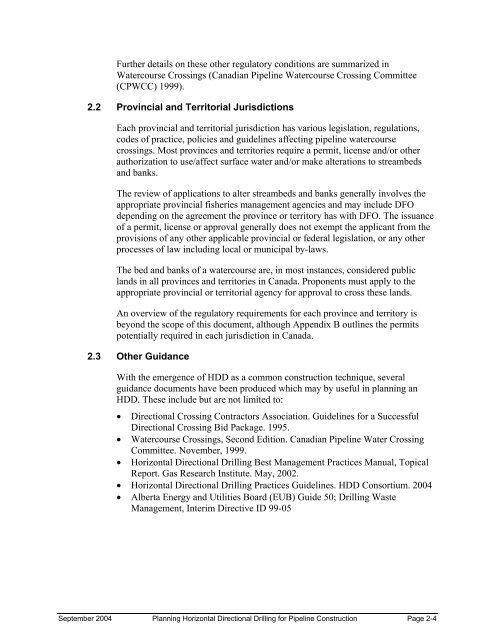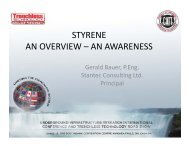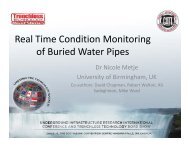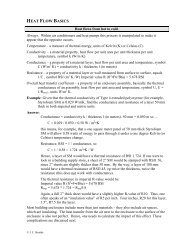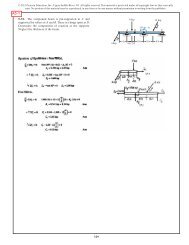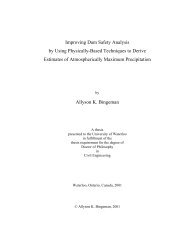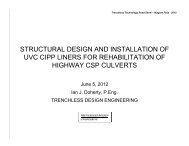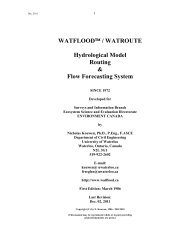Planning Horizontal Directional Drilling for Pipeline Construction
Planning Horizontal Directional Drilling for Pipeline Construction
Planning Horizontal Directional Drilling for Pipeline Construction
You also want an ePaper? Increase the reach of your titles
YUMPU automatically turns print PDFs into web optimized ePapers that Google loves.
Further details on these other regulatory conditions are summarized in<br />
Watercourse Crossings (Canadian <strong>Pipeline</strong> Watercourse Crossing Committee<br />
(CPWCC) 1999).<br />
2.2 Provincial and Territorial Jurisdictions<br />
Each provincial and territorial jurisdiction has various legislation, regulations,<br />
codes of practice, policies and guidelines affecting pipeline watercourse<br />
crossings. Most provinces and territories require a permit, license and/or other<br />
authorization to use/affect surface water and/or make alterations to streambeds<br />
and banks.<br />
The review of applications to alter streambeds and banks generally involves the<br />
appropriate provincial fisheries management agencies and may include DFO<br />
depending on the agreement the province or territory has with DFO. The issuance<br />
of a permit, license or approval generally does not exempt the applicant from the<br />
provisions of any other applicable provincial or federal legislation, or any other<br />
processes of law including local or municipal by-laws.<br />
The bed and banks of a watercourse are, in most instances, considered public<br />
lands in all provinces and territories in Canada. Proponents must apply to the<br />
appropriate provincial or territorial agency <strong>for</strong> approval to cross these lands.<br />
An overview of the regulatory requirements <strong>for</strong> each province and territory is<br />
beyond the scope of this document, although Appendix B outlines the permits<br />
potentially required in each jurisdiction in Canada.<br />
2.3 Other Guidance<br />
With the emergence of HDD as a common construction technique, several<br />
guidance documents have been produced which may by useful in planning an<br />
HDD. These include but are not limited to:<br />
• <strong>Directional</strong> Crossing Contractors Association. Guidelines <strong>for</strong> a Successful<br />
<strong>Directional</strong> Crossing Bid Package. 1995.<br />
• Watercourse Crossings, Second Edition. Canadian <strong>Pipeline</strong> Water Crossing<br />
Committee. November, 1999.<br />
• <strong>Horizontal</strong> <strong>Directional</strong> <strong>Drilling</strong> Best Management Practices Manual, Topical<br />
Report. Gas Research Institute. May, 2002.<br />
• <strong>Horizontal</strong> <strong>Directional</strong> <strong>Drilling</strong> Practices Guidelines. HDD Consortium. 2004<br />
• Alberta Energy and Utilities Board (EUB) Guide 50; <strong>Drilling</strong> Waste<br />
Management, Interim Directive ID 99-05<br />
September 2004 <strong>Planning</strong> <strong>Horizontal</strong> <strong>Directional</strong> <strong>Drilling</strong> <strong>for</strong> <strong>Pipeline</strong> <strong>Construction</strong> Page 2-4


